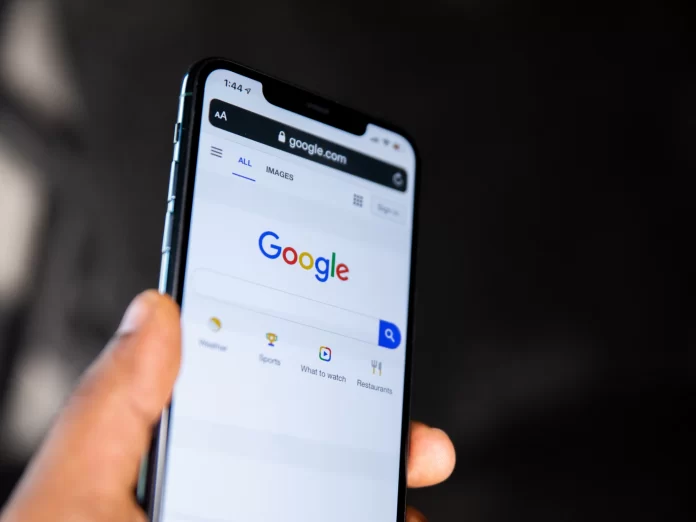Google account, let’s briefly discuss why account security is so important. Your Google account holds a wealth of personal information, including your emails, contacts, documents, and search history. If left unsecured, unauthorized individuals could access this information, leading to identity theft, financial fraud, or other malicious activities.
Change your password
The first and most critical step in securing your Google account after purchase is to change your password. This is especially important if you received your account credentials from a third party, as you need to know who else accesses that information.
- Use uppercase and lowercase letters, numbers, and special characters.
- Make your password at least 12 characters long.
- Avoid using personal information, such as your name, birth date, or phone number.
- Don’t reuse passwords from other accounts.
- Consider using a password manager to generate and store strong, unique passwords.
To change your password, log in to your Google account, navigate to the “Security” section, and click “Password.” Follow the prompts to enter your current password and create a new one.
Update your recovery information
Having up-to-date recovery information is essential if you ever lose access to your account. This includes a recovery email address and phone number, which Google use to verify your identity and help you regain access to your account. To update your recovery information, visit your Google account settings’s “Personal Info” section. Click “Email” and “Phone” to add or update your recovery email address and phone number.
Review your account permissions
Third-party apps and services access to your Google 계정 판매에 대한 정보를 보려면 accgoodmarket.com을 방문하세요. While these permissions are convenient, they pose a security risk if the connected apps are compromised or malicious. Regularly reviewing and revoking unnecessary account permissions is integral to maintaining your account’s security. To review your account permissions, go to the “Security” section of your Google account settings and click “Third-party access.” Here, you’ll see a list of apps and services with access to your account. Remove access for any apps you no longer use or don’t recognize.
Enable account alerts
Google offers a feature called “Account Alerts” that notifies you of suspicious activity on your account, such as unusual login attempts or changes to your personal information. You quickly detect and respond to potential security threats by enabling these alerts. To enable account alerts, visit the “Security” section of your Google account settings and click “Account Alerts.” Select the types of alerts you’d like to receive and choose your preferred notification method (email or phone).
Keep your software up-to-date
Regularly updating your devices’ operating systems and the apps you use helps protect your Google account from security vulnerabilities. Many updates include patches for known security issues, so installing them as soon as they become available is essential. To ensure you’re running the latest software versions, enable automatic updates on your devices and regularly check for updates in your app store.
Phishing is a common tactic used by cybercriminals to trick users into revealing their account credentials or other sensitive information. These attempts often come in the form of emails or messages that appear to be from Google or other legitimate sources, urging you to click on a link and enter your login details. To protect yourself from phishing attempts, always be cautious of unsolicited emails or messages asking for your personal information. Before clicking on any links, please verify that the sender’s email address is genuine and matches the company they claim to represent.









